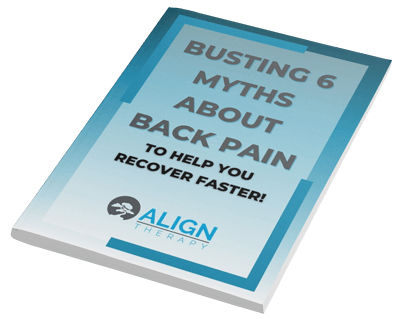Healthy eating is just as important as exercise and physical therapy to maintain your overall health and prevent injury. Good nutrition means knowing what to avoid as well as knowing what to eat. For nearly a half-century, the food pyramid has been an effective tool in nutrition education, helping people of all ages see past the data to achieve a balanced diet.
History of the Food Pyramid
Anna-Britt Agnsäte developed the food pyramid concept in 1973 to help people visualize the food groups that Sweden’s National Board of Health and Welfare recommended for a healthy diet. The USDA introduced its version of the food pyramid in 1992, and the USDA has updated its food pyramid several times based on new research.
The pyramid consists of the following food groups:
· Grains
· Fruits and vegetables
· Meats, dairy, beans, and eggs
· Fatty, sugary, and oily foods
The lower levels included healthy foods that people should eat more of, while the upper levels indicate foods that people should eat sparingly. The food pyramid was only a guide, but the simple visual presentation caused it to take hold in the public consciousness. The levels of the food pyramid are as follows:
Level 1 – Grains
Bread, whole-grain rice, and pasta are good sources of complex carbohydrates (starches) and fiber. They are an important source of calories, so the conventional food pyramid gives them the largest share of the recommended diet. Developers of the food pyramid recommended 6-11 daily servings of grains.
Level 2 – Fruits and Vegetables
Fruits and vegetables are excellent sources of essential nutrients and fiber. Many fruits are high in sugars, such as fructose. The ideal daily diet should have about four servings of vegetables and approximately three servings of fruits per day.
Level 3 – Meats, Dairy, Beans, and Eggs
Milk, beef, chicken, eggs, and a variety of beans can be good sources of protein, calories, and some nutrients. The conventional food pyramid recommends 2-3 servings of dairy and meats/eggs/beans.
Level 4 – Fatty, Sugary, and Oily Foods
Large amounts of fats, oils, and sugars (simple carbohydrates) are not necessary for a healthy diet, and they can be harmful if you eat too much of them. If it needs to, your body can make fats, sugars, and oils.
Updates to the Food Pyramid
More recent versions of the food pyramid de-emphasize the multi-level structure but retain the pyramid shape. The 2002 pyramid developed by the World Health Organization and the Food and Agriculture Organization features protein at the bottom, fats in the middle, and carbohydrates at the top. It represents the percentage of calories that should come from each food group.
The new food guidelines shift from broad categories (fats, proteins, sugars, etc.) to finer distinctions that do not lend themselves so readily to the pyramid representation. For example, some fats and oils are healthier than others, and added sweeteners in foods are different from sugars that occur naturally in food.
A more recent USDA food pyramid presents the different food groups as vertical slices of the pyramid and adds an image of a person running up the side of the pyramid. This representation obscures the ratios of different food groups and might just as well have been a graph.
The Future of the Food Pyramid
In the modern age, nutritionists’ recommendations are more subtle and complex than the simple distinctions from the original 1970s model. However, the current USDA MyPlate guide includes proteins, grains, fruits, vegetables, and dairy as a proportion of a circular plate and glass design.
Although the food pyramid remains part of popular culture, nutritionists no longer endorse the original pyramid designs. You should consider many aspects of healthy eating, choosing healthy foods from each food group, together with exercise and physical therapy, rather than simply counting servings and percentages from each group. People are complex and so is their dietary needs – it’s no longer viable to treat everyone the same when it comes to their health.
Look After Your Health With Align Therapy Clinic, Utah
If you want to have more energy, eat better, and keep in shape, call Align Therapy Clinic, Utah at 801-980-0860. We can help you develop a healthy food plan and schedule the best physical therapy to help you improve your physical fitness, recover from injuries, and more.



